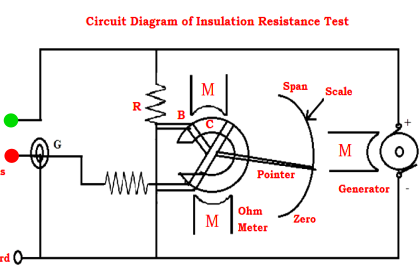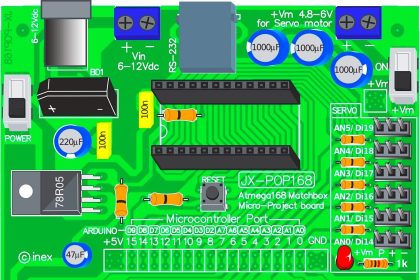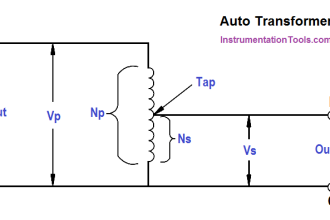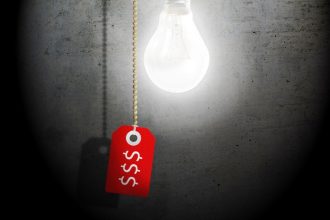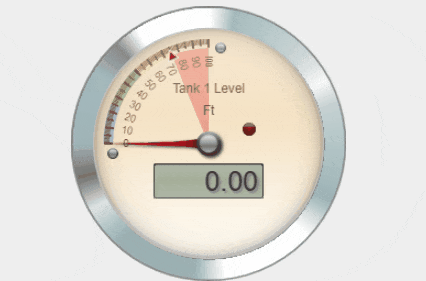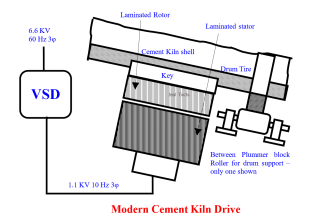In this post, we will see the difference between resistive touch and capacitive touch.
The touch screen is the most widely used interface in electronics. Be it a small smart-watch to a laptop, everything is going touch nowadays.
Many technologies are used in touch sensing. But, the two of the most generally used ones are resistive and capacitive.
Before going into the differences between both the touches, let us first understand the working of both the sensing technologies.
Resistive Touch
The touch screen technique started with this method. Resistive touch is one of the oldest ones and is still used in many applications.
As the name implies, Resistive Touch uses resistance as a means to define where the touch has been done. Two thin layers of material are used, which are separated by a thin gap or air. The upper circuit layer with the conductive coating is the one where touch is done, and the lower circuit layer with the conductive coating is the one that senses the touch point from the upper layer.
Simply, consider it as the upper layer touching the lower layer when a touch is done. The conductor mostly used is indium tin oxide. A thin gap that separates both these layers prevent them from touching when it is not in use (when a touch has not been done).
When you press the finger or stylus against the upper layer, the pressure of touch changes the resistance value (increase in voltage). The lower layer detects this change and through its computed algorithms, determines the coordinates of the touch and thus, the position of touch is determined.

Capacitive Touch
This is one of the recently developed technologies in touch sensing. Unlike resistive touch which depends on mechanical input pressure from the finger or stylus, capacitive touch depends on the electric conduction from the human body.
A human body’s natural conductivity is used to detect touch. It first starts from a protective cover or lens, imposed on a transparent patterned electrode layer which is coated into a glass material. Beneath this glass material lies the final LCD layer where you see the whole display.
When a finger is touched on the screen, the static electricity stored in the glass layer is transferred to the finger; as the finger is conducting in nature. This disturbs that particular electrostatic field in the glass layer.
With the help of computations from the processor, the circuit is able to determine where this disturbance has occurred, and thus, you get the touch point of the finger.
Resistive Touch versus Capacitive Touch
Now let us see the differences between resistive touch and capacitive touch technologies.
- Resistive touch is less expensive as compared to capacitive touch, due to the use of advanced technologies.
- Resistive touch is less sensitive as compared to capacitive touch. It is harder to press, so capacitive touch is smoother to use.
- Only a single touch is possible on a resistive screen; but on a capacitive screen, multiple touches are possible
- Resistive touch is more resistant to dust and water as compared to capacitive touch.
- Gloves can be used in resistive touch, but it is not properly supported in capacitive touch.
- Capacitive touch has good visibility in sunlight as compared to resistive touch.
- Capacitive touch is a better look in the display as compared to resistive touch.
- Resistive touch is difficult to repair as compared to capacitive touch which is easier to repair.
In this way, we saw some general differences between resistive touch and capacitive touch.

